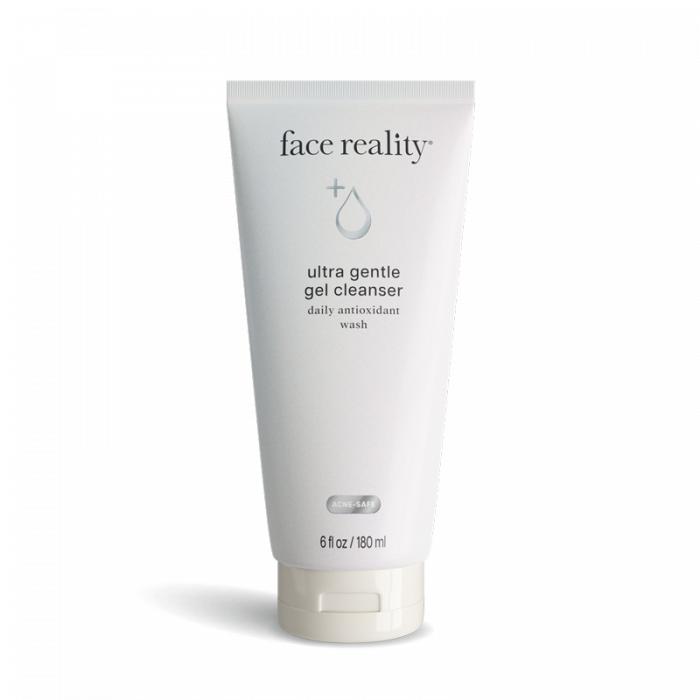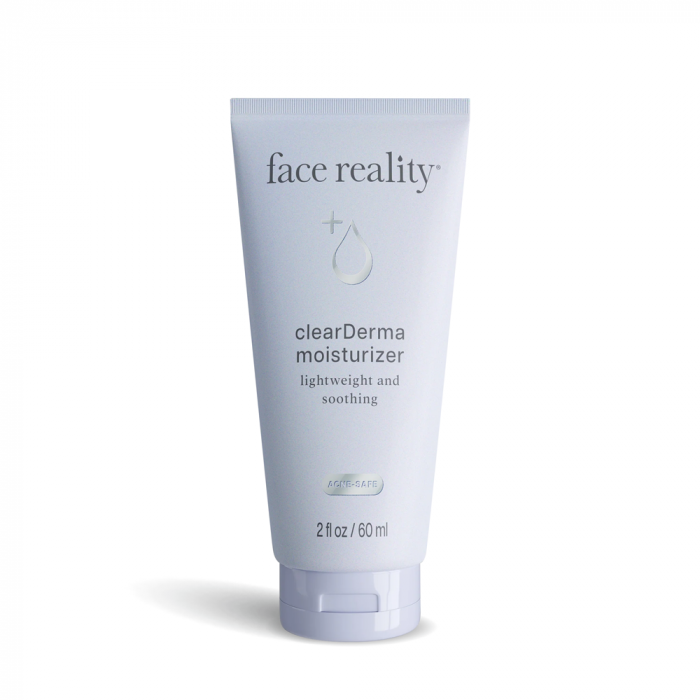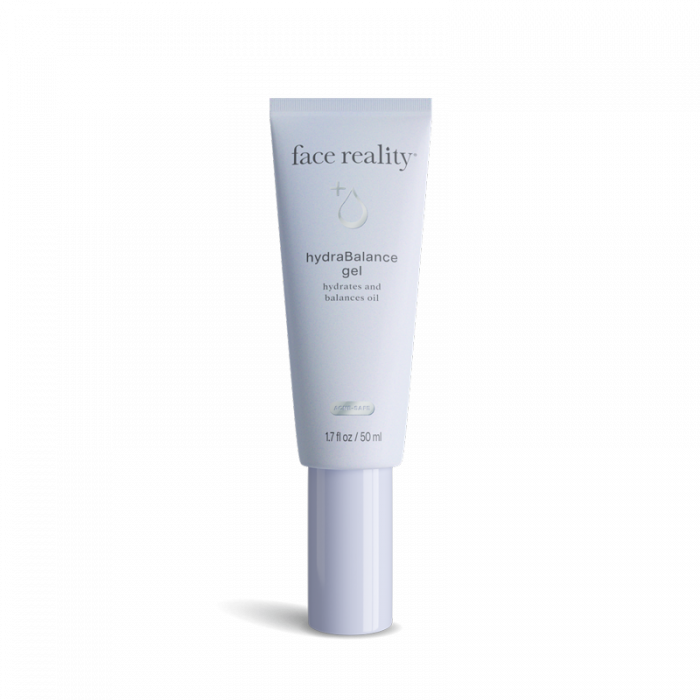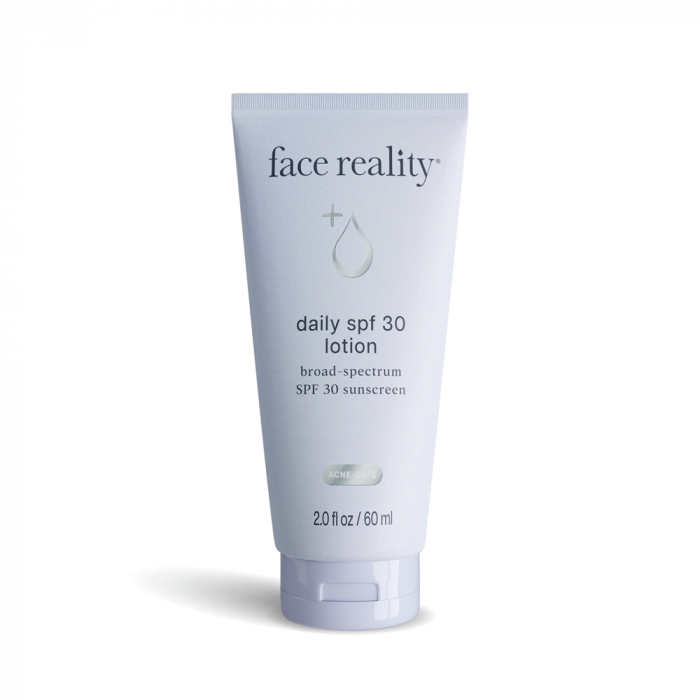As someone who’s struggled with acne and enlarged pores for years, I’ve learned the hard way that not all skincare products are created equal. Some of the most popular and seemingly harmless ingredients can secretly wreak havoc on your complexion.
But don’t worry – with the right knowledge, you can navigate the confusing world of skincare and make informed choices that will have your skin thanking you.
Here are the details of pore-clogging ingredients and uncover the secrets to achieving that coveted clear, healthy glow.
Understanding Comedogenicity: The Science Behind Clogged Pores
Comedogenicity refers to an ingredient’s tendency to block pores, leading to the formation of comedones – those pesky blackheads and whiteheads that are the precursors to full-blown acne. The concept of comedogenicity was first introduced in the 1970s through studies on rabbit ears.
Scientists would apply various ingredients to the inner ears of rabbits and observe the follicular changes.
While this method laid the groundwork for our understanding of pore-clogging ingredients, human skin doesn’t always react the same way as rabbit ears. In practice, the comedogenicity of an ingredient can vary depending on it’s concentration, the overall formulation of a product, and person skin types.
This explains why you might find conflicting information about certain ingredients or why a product that works wonders for your friend might turn your face into a battleground.
The Comedogenicity Scale
The comedogenicity scale ranges from 0 to 5, with 0 being non-comedogenic and 5 being highly comedogenic. While it’s a useful tool, it’s not without it’s limitations.
There’s no standardized testing method for determining comedogenicity ratings, so different sources might provide varying ratings for the same ingredient.
Additionally, the way an ingredient behaves in a formulation can differ from how it behaves in isolation.
That said, the comedogenicity scale can still serve as a helpful starting point when evaluating products. As a general rule of thumb, ingredients rated 0-2 are considered safe for most skin types, while those rated 3-5 are more likely to cause issues for acne-prone people.
Common Pore-Clogging Culprits: Ingredients to Watch Out For
Now that we’ve laid the groundwork, let’s identify some of the most notorious pore-clogging offenders. Keep in mind that this list isn’t exhaustive, and not everyone will react negatively to these ingredients.
However, if you’re prone to breakouts or have oily skin, you might want to approach these with caution:
1. Coconut Oil
Despite it’s popularity in natural skincare, coconut oil is highly comedogenic with a rating of 4. It’s molecular structure allows it to penetrate pores easily, potentially leading to blockages and breakouts.
While it can be beneficial for some skin types, those with acne-prone skin should generally avoid it in facial products.
2. Cocoa Butter
Another natural ingredient that can clog pores, cocoa butter has a comedogenicity rating of 4. It’s often found in moisturizers and body lotions because of it’s rich, emollient properties.
However, it’s heavy texture can be too much for facial skin, especially if you’re prone to acne.
3. Lanolin
Derived from sheep’s wool, lanolin has a comedogenicity rating of 2-3. It’s an excellent moisturizer, but it’s waxy texture can be problematic for some people, particularly those with oily or acne-prone skin. If you find that products containing lanolin cause breakouts, it’s best to avoid it.
4. Isopropyl Myristate
Often used as an emollient and texture enhancer, isopropyl myristate has a high comedogenicity rating of 5. It’s often found in cosmetics and skincare products because of it’s ability to create a smooth, silky feel.
However, it’s pore-clogging potential makes it a risky choice for people who have acne-prone skin.
5. Petrolatum
While effective at locking in moisture, petrolatum (with a rating of 0-3) can create a barrier that traps bacteria and oil. This occlusive property is great for protecting the skin, but it can also prevent the natural shedding of dead skin cells, potentially leading to clogged pores.
It’s best used sparingly or avoided altogether if you’re prone to breakouts.
6. Mineral Oil
Mineral oil is a controversial ingredient in the skincare world. While some sources rate it as non-comedogenic, others claim it can clog pores.
It’s occlusive nature, similar to petrolatum, can trap other comedogenic ingredients against the skin, potentially exacerbating acne.
If you’re unsure how your skin will react, it’s best to patch test products containing mineral oil.
7. Algae Extract
Surprisingly, this natural ingredient can be quite comedogenic, with a rating of 3-4. While algae extract is rich in beneficial nutrients and antioxidants, it’s composition can lead to pore blockages in some people.
If you notice breakouts after using products containing algae extract, it might be worth avoiding in the future.
The Natural Fallacy: Why “Natural” Doesn’t Always Mean “Better”
One of the biggest misconceptions in skincare is that natural ingredients are always safe and useful. Nature isn’t always kind to our skin. Many highly comedogenic ingredients, like coconut oil and cocoa butter, are completely natural.
On the flip side, some synthetic ingredients have been specifically formulated to be non-comedogenic and can be excellent choices for acne-prone skin. The key is to assess each ingredient based on it’s properties and how your skin reacts to it, rather than making blanket judgments based on whether it’s natural or synthetic.
For example, salicylic acid, a popular acne-fighting ingredient, can be derived naturally from willow bark or synthesized in a lab. Both forms are equally effective, and the synthetic version may even be more stable and consistent in formulations.
Formulation Matters: Why Ingredient Lists Don’t Tell the Whole Story
While it’s important to be aware of potentially problematic ingredients, it’s equally crucial to understand that formulation plays a significant role in how those ingredients behave on your skin. A product might contain a comedogenic ingredient, but if it’s present in a low concentration or formulated in a way that minimizes it’s pore-clogging potential, it might not cause issues.
For instance, a moisturizer might contain coconut oil, but if it’s formulated with other non-comedogenic ingredients that help it absorb quickly without leaving a residue, it may not cause breakouts. Similarly, a product might contain several mildly comedogenic ingredients, but their combined effect in the specific formulation might be negligible.
This is why it’s so important to patch test new products and pay attention to how your skin reacts, rather than relying solely on ingredient lists. What works for someone else might not work for you, and vice versa.
Navigating Product Labels: Tips for Choosing Non-Comedogenic Products
Armed with knowledge about comedogenic ingredients, you might be wondering how to put this information into practice when shopping for skincare products. Here are some tips to help you make informed choices:
1. Look for “Non-Comedogenic” on the Label
While it’s a good starting point, don’t rely on this claim entirely. There’s no regulated definition for this term, so different companies may have different standards for what they consider non-comedogenic.
2. Familiarize Yourself with Common Comedogenic Ingredients
Learn to recognize the names of potentially problematic ingredients. This will allow you to quickly scan ingredient lists for red flags.
3. Use Online Resources
Websites like CosDNA or Skincarisma can be invaluable tools. They allow you to check the comedogenicity ratings of products and person ingredients.
Simply input the product name or ingredient list, and these sites will provide a breakdown of potential acne triggers.
You can also use Natural Acne Clinic’s Pore Clogging Checker Tool, by clicking here.
4. Pay Attention to Ingredient Order
Ingredients are listed in order of concentration, with the highest amounts first. If a potentially comedogenic ingredient is near the end of the list, it’s less likely to cause issues than if it’s one of the first few ingredients.
5. Patch Test New Products
Always apply a new product to a small area of your face for a few days to a week before using it more widely. This allows you to see how your skin reacts without risking a full-face breakout.
6. Consider Your Skin Type
What’s comedogenic for one person might not be for another. If you have oily or acne-prone skin, you’ll likely need to be more cautious about potentially pore-clogging ingredients than someone with dry skin.
7. Don’t Ignore Product Texture
Even if a product contains no obviously comedogenic ingredients, if it feels heavy or greasy on your skin, it might still lead to clogged pores. Look for lightweight, easily absorbed formulations.
Beyond Ingredients: Other Factors That Affect Pore Health
While choosing the right products is crucial, it’s not the only factor in maintaining clear, unclogged pores. Here are some other aspects to consider:
Cleansing Routine
Over-cleansing can strip your skin of natural oils, leading to increased oil production and potential clogging. Stick to gentle, non-comedogenic cleansers and cleanse no more than twice a day.
If you have oily skin, you might benefit from double cleansing in the evening – first with an oil-based cleanser to remove makeup and sunscreen, followed by a water-based cleanser to remove any remaining impurities.
Check out Natural Acne Clinic’s Face Reality Ultra Gentle Cleanser, by clicking here.

Exfoliation
Regular, gentle exfoliation can help prevent the buildup of dead skin cells that contribute to clogged pores. However, over-exfoliation can irritate the skin and exacerbate issues.
For most people, exfoliating 1-3 times a week is sufficient.
Choose between physical exfoliants (like scrubs) or chemical exfoliants (like AHAs or BHAs), depending on your skin’s needs and sensitivities.
Check out Natural Acne Clinic’s Face Reality Mandelic Face and Body Scrub, by clicking here.

Hydration
Keeping your skin well-hydrated can actually help regulate oil production. When skin is dehydrated, it may overproduce oil to compensate, leading to clogged pores.
Look for lightweight, non-comedogenic moisturizers.
Ingredients like hyaluronic acid and glycerin can provide hydration without adding excess oil.
Check out Natural Acne Clinic’s Face Reality Moisture Balance Toner, by clicking here.

Check out Natural Acne Clinic’s Face Reality ClearDerma, by clicking here.

Do not forget to moisturize your skin at night as part of your daily skin routine.
Check out Natural Acne Clinic’s Face Reality HydraBalance, by clicking here.

Diet and Lifestyle
While the link between diet and acne is still debated, some people find that certain foods trigger breakouts. Common culprits include dairy, high-glycemic foods, and excessive sugar.
Pay attention to how your skin reacts to different foods and consider keeping a food diary if you suspect dietary triggers.
Check out Clove Hill’s range of best selling vitamins like Skin Clarity – to clear skin by fight acne from the inside-out, and prevent against further skin problems. , Clear Skin Probiotic-10 – decreases inflammation and acne as well as promotes GI regularity , Chaste Berry Vitex – to improve hormonal acne or other hormonal issues and their Multivitamin for Acne Prone Skin – the only multivitamin safe for acne-prone skin, and formulated specifically to help prevent acne from the inside out.
Stress Management
Stress can trigger hormonal changes that increase oil production. Finding effective stress-management techniques can indirectly benefit your skin. This might include practices like meditation, regular exercise, or ensuring you get enough sleep.
Check out Clove Hill’s range of best selling Adrenal Stress Formula – to repair the over-worked and burnt-out adrenal glands.
Makeup Habits
If you wear makeup, ensure you’re using non-comedogenic products and removing them thoroughly at the end of each day. Sleeping in makeup is a surefire way to clog pores and invite breakouts.
Sun Protection
While it might seem counterintuitive, proper sun protection is crucial for maintaining clear pores. Sun damage can lead to increased oil production and thickening of the skin, which can contribute to clogged pores.
Choose a non-comedogenic sunscreen and apply it daily, even on cloudy days.
Check out Natural Acne Clinic’s Face Reality Daily SPF 30 Lotion (broad spectrum), by clicking here.

The Road to Clear Skin: Patience and Consistency are Key
As you start your path to clearer, healthier skin, remember that change won’t happen overnight. It can take several weeks for your skin to adjust to new products or for the effects of eliminating comedogenic ingredients to become visible.
Be patient with your skin and consistent with your routine. Keep a skincare journal to track which products and ingredients work well for you and which ones cause issues.
This personalized approach will help you fine-tune your routine over time.
Remember, everyone’s skin is different. What works for your friend or a beauty influencer might not work for you.
It’s all about finding the right combination of products and habits that work for your unique skin.
If you are interested in reading and learning more about Clove Hill products, click here.
If you really need help with your acne prone skin you can also check out Natural Acne Clinic’s Online Acne Program by clicking here.
Frequently Asked Questions
What does comedogenic mean in skincare?
Comedogenic refers to the tendency of an ingredient or product to clog pores, potentially leading to acne or blackheads. Non-comedogenic products are less likely to cause these issues.
How can I tell if a product is clogging my pores?
Signs of clogged pores include increased blackheads, whiteheads, or small bumps on the skin. If you notice these after introducing a new product, it may be comedogenic for your skin.
Are all oils bad for acne-prone skin?
No, not all oils are bad for acne-prone skin. Some oils, like jojoba, rosehip, and grapeseed, are non-comedogenic and can actually be beneficial for acne-prone skin.
Can natural ingredients clog pores?
Yes, many natural ingredients can be comedogenic. Examples include coconut oil, cocoa butter, and some essential oils.
Natural doesn’t always mean safe for all skin types.
How long does it take to see results after switching to non-comedogenic products?
It typically takes 4-6 weeks to see significant improvements after switching to non-comedogenic products, as this is roughly the time it takes for your skin to finish a full renewal cycle.
Is mineral oil always comedogenic?
The comedogenicity of mineral oil is debated. While some sources consider it non-comedogenic, others suggest it can contribute to clogged pores. It’s best to patch test if you’re unsure.
Can makeup brushes contribute to clogged pores?
Yes, dirty makeup brushes can harbor bacteria and oil, which can contribute to clogged pores when used on the skin. Clean your brushes regularly to prevent this issue.
Are there any foods that can help prevent clogged pores?
While diet’s impact on acne is still being studied, foods rich in antioxidants and omega-3 fatty acids, like fruits, vegetables, and fish, may help promote overall skin health.
Can over-exfoliating cause clogged pores?
Yes, over-exfoliating can irritate the skin and disrupt it’s natural balance, potentially leading to increased oil production and clogged pores. Stick to exfoliating 1-3 times a week.
How does water intake affect pore health?
Proper hydration helps maintain skin’s elasticity and supports it’s natural cleansing processes. While drinking water alone won’t prevent clogged pores, it contributes to overall skin health.
Key Takeaways
- Not all ingredients work for all skin types – what’s comedogenic for one person might be fine for another.
- Natural doesn’t always mean better – some natural ingredients can be highly comedogenic.
- Formulation matters – how an ingredient is used in a product can affect it’s comedogenicity.
- Always patch test new products, regardless of their ingredient list.
- Look beyond product labels – factors like cleansing routine, diet, and stress also affect pore health.
- Patience and consistency are crucial – give your skin time to adjust to new routines.
- Keep a skincare journal to track what works and what doesn’t for your unique skin.
- Remember that skincare is personal – what works for others might not work for you.
- Regular, gentle exfoliation can help prevent pore clogging, but don’t overdo it.
- Proper hydration, both internally and externally, is key to maintaining healthy pores.